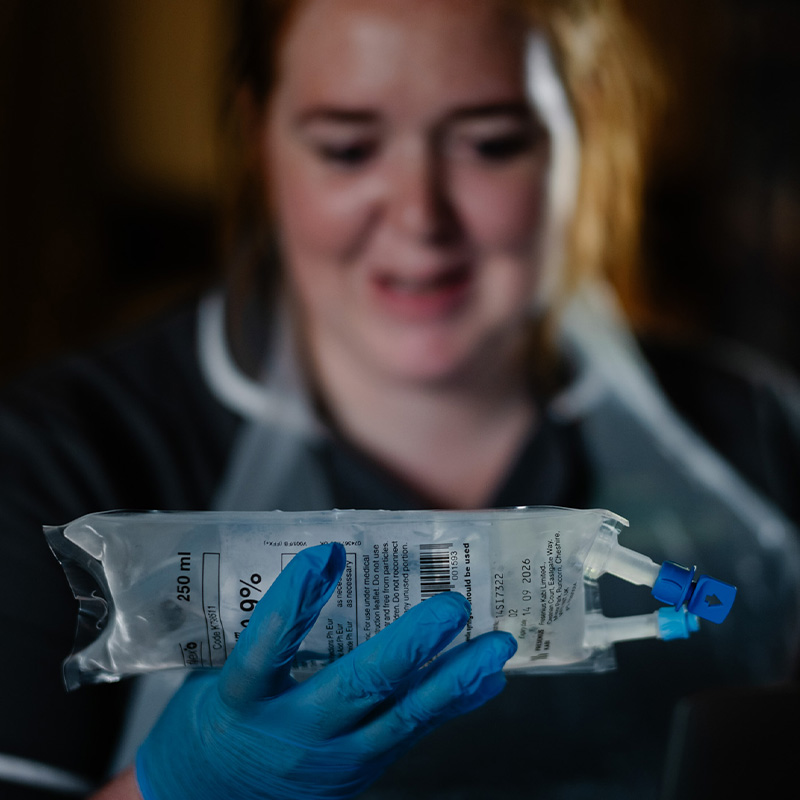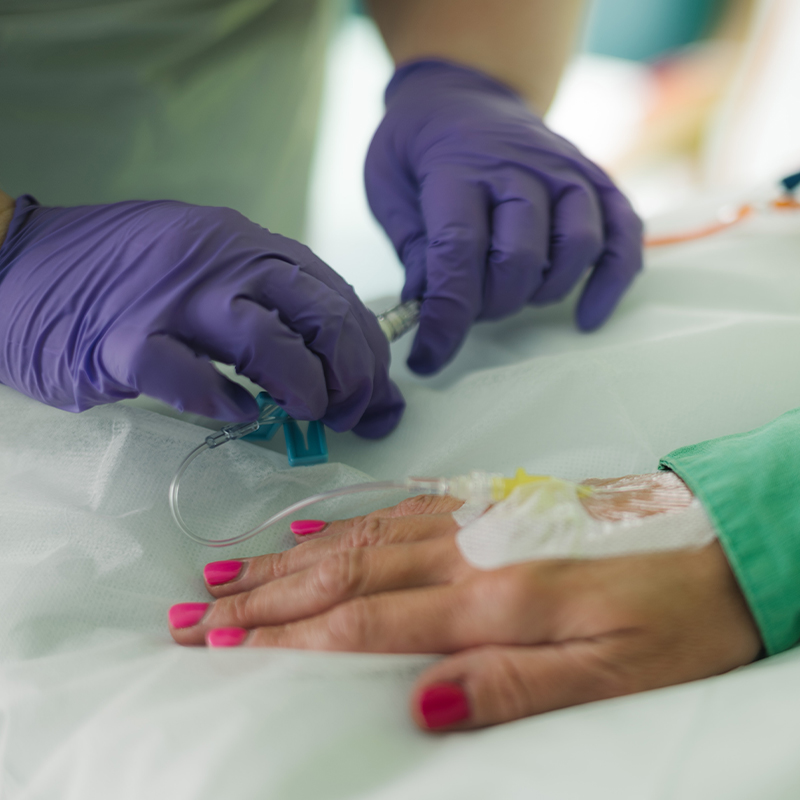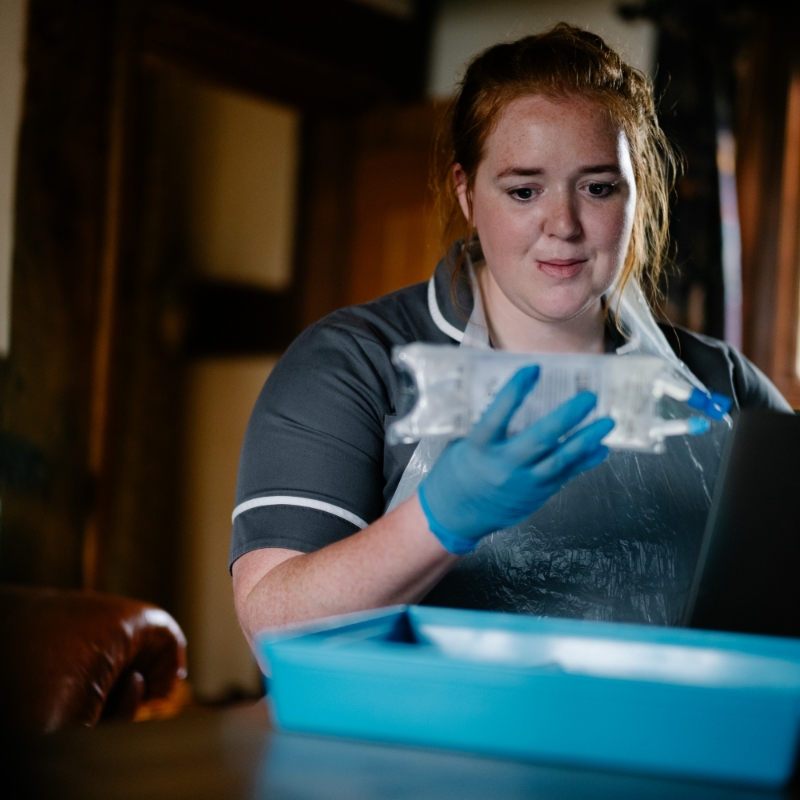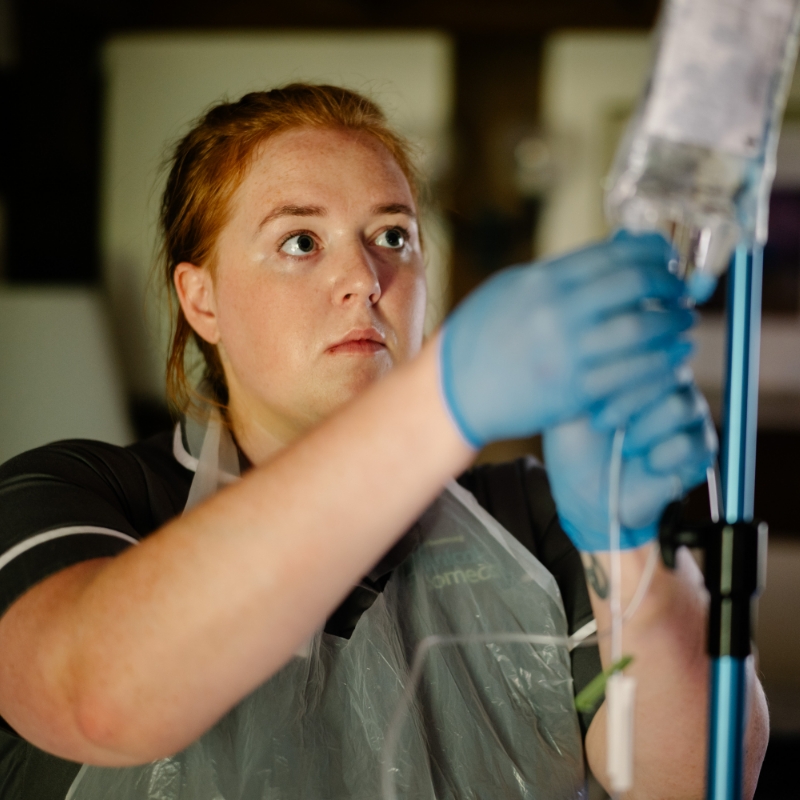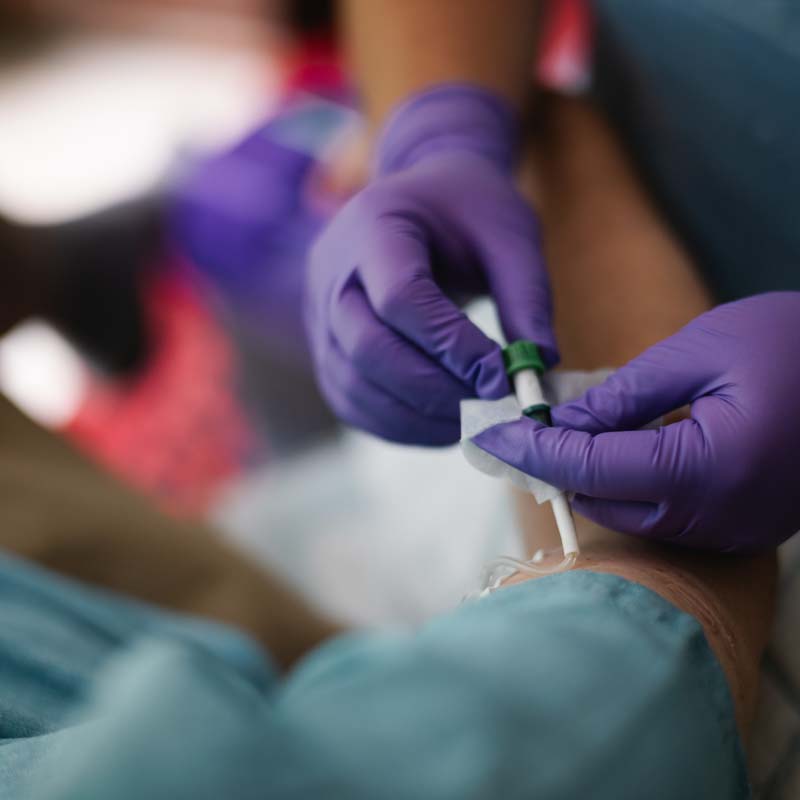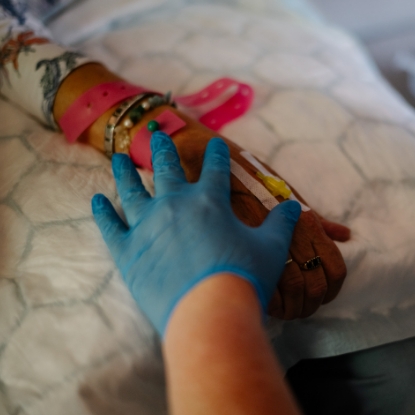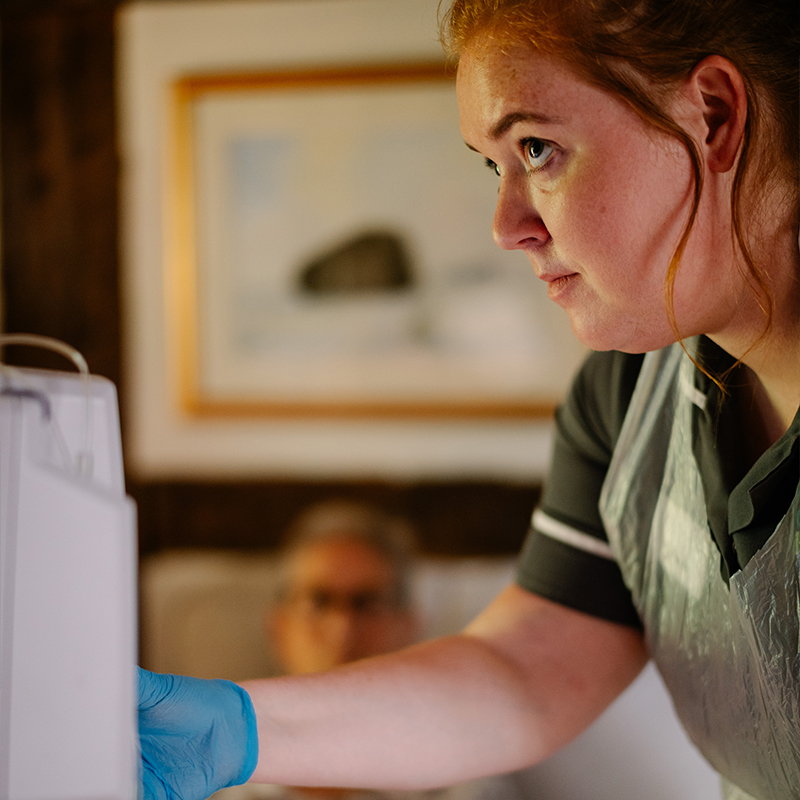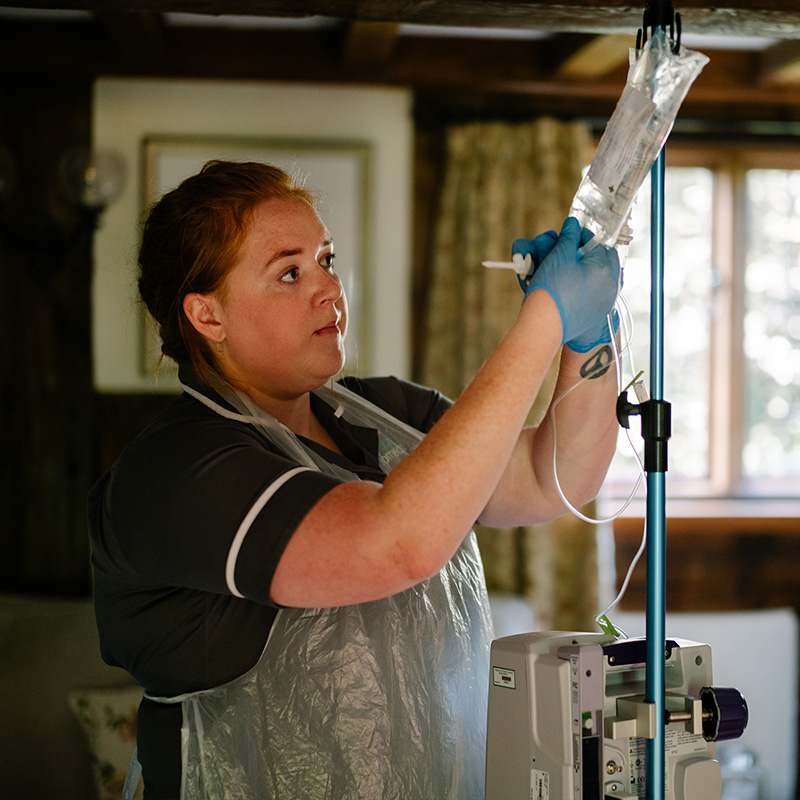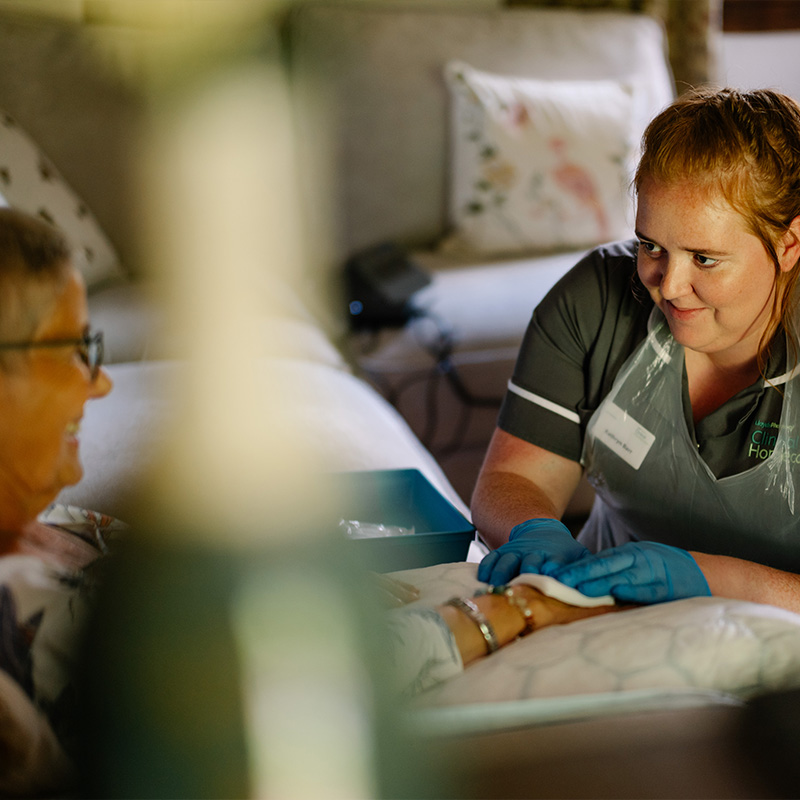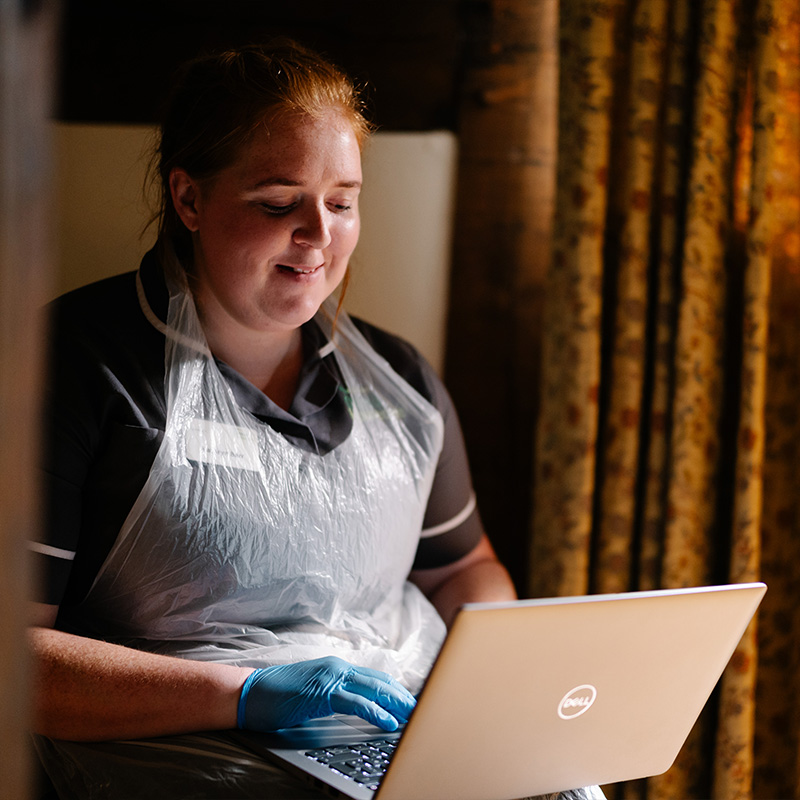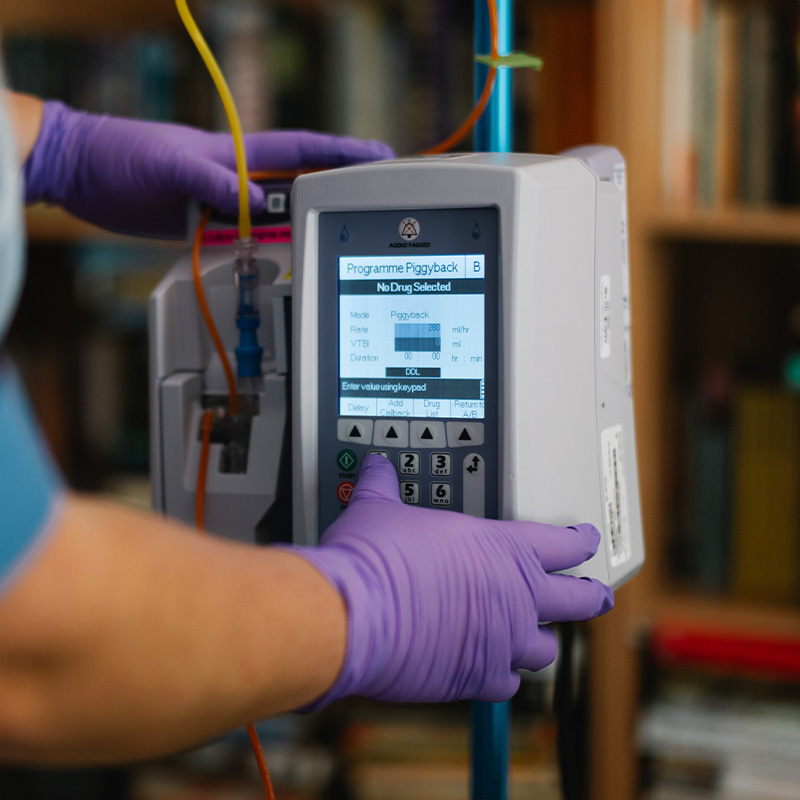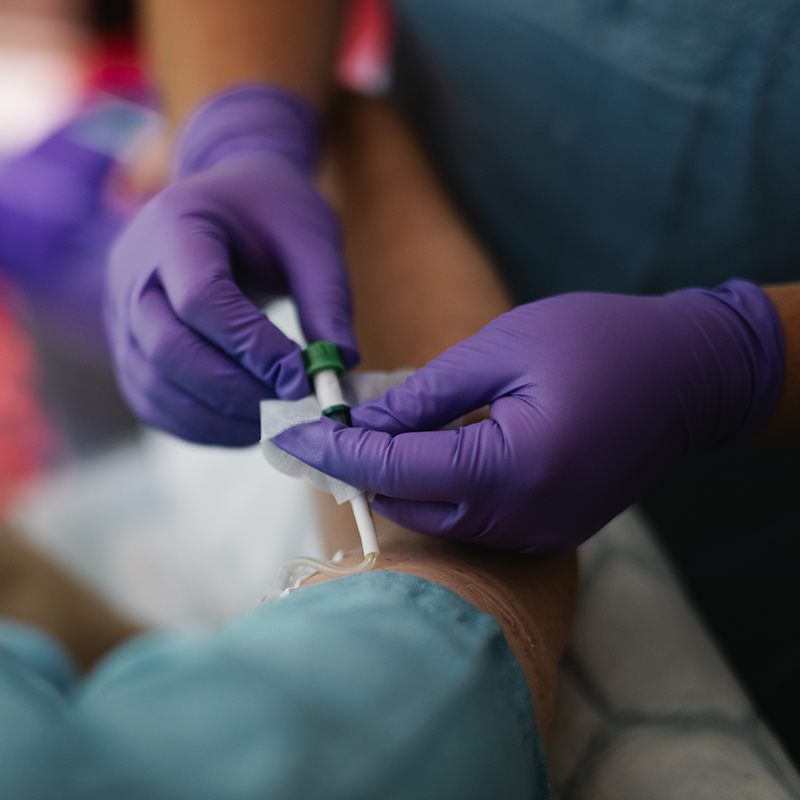Understanding breast cancer tests and screening
When you discover a change in your breast, or receive a breast screening invitation, understanding what happens next can help reduce your anxiety.
We know that facing potential breast cancer can feel overwhelming, which is why we’re here to guide you through every step of the testing and diagnosis process.
Our guide is here to help you understand private breast cancer treatment and the main treatment options available.
Understanding breast cancer screening
Breast cancer screening is your first line of defence. The NHS breast screening programme invites women aged 50 to 70 for mammograms every three years, though this may extend to age 47-73 in some areas.
Importance of regular breast screening
NHS breast screening uses mammograms – specialised X-rays of the breast tissue – to create detailed pictures of the inside of your breasts. When cancer cells are found early through screening, they’re often at an early stage, making treatment more effective and less intensive.
Your local breast screening service will send an invitation letter when you’re due for screening. The screening appointment typically takes 20 minutes, and the mammogram is over quickly.
Benefits and risks of breast cancer screening
The primary benefit is early detection – breast cancers found through screening are generally smaller and haven’t spread to nearby lymph nodes. This means treatment can be less aggressive, and your prognosis is typically improved.
It’s important to understand that sometimes, the screening test may miss a cancer that’s present (called a false negative), or it may detect something suspicious that turns out not to be cancer (a false positive).
Initial assessment: When you notice changes
Breast self-awareness
Healthcare providers now encourage breast self-awareness – knowing how your breasts normally look and feel. This approach recognises that breasts naturally change throughout your menstrual cycle and over time, and what matters is noticing changes that are unusual for you.
Breast self-awareness, helps you spot any changes early. You might notice changes in size, shape, skin texture, or feel a new lump. While most changes aren’t cancer, it’s always worth having them checked by your healthcare provider.
Common breast cancer symptoms
Breast cancer symptoms vary, but the most common include:
- Lump or thickening in breast tissue, different to surrounding tissue
- Changes in breast size, shape, or appearance
- Dimpling, puckering or changes in breast skin
- Newly inverted nipple
- Nipple discharge, particularly if it’s bloody
- Skin changes such as redness or scaling
If you notice changes, don’t panic. Many breast conditions aren’t cancer, but early evaluation helps you receive appropriate care quickly.
Comprehensive diagnostic testing
Tissue sampling: confirming the diagnosis
Advanced Diagnostic Testing
Staging: Understanding Cancer Spread
If breast cancer is diagnosed, additional tests may be needed to determine the cancer stage (how far the cancer has spread). These tests help your healthcare team plan the most appropriate treatment.
Sentinel lymph node biopsy
Sentinel lymph node biopsy determines if breast cancer has spread to nearby lymph nodes.
During this procedure, a small amount of radioactive material and/or blue dye is injected near the tumour site. These substances travel to the sentinel lymph nodes, which are then identified and removed for examination.
Blood tests for breast cancer
While blood tests can’t diagnose breast cancer directly, they provide important information and help guide treatment decisions. Common blood tests include:
- Blood count for healthy levels of red blood cells, white blood cells and platelets
- Blood chemistry tests to evaluate liver and kidney function
- Tumour marker tests, such as CA 15-3, which may be elevated in some people
Additional imaging for staging
Additional imaging tests may be recommended to check if cancer has spread:
- CT scans to examine the chest, abdomen, and pelvis
- Bone scans to check for cancer spread to bones
- PET scans, which can help identify cancer throughout the body
Specialised Testing of Cancer Cells
Hormone Receptor Testing
Hormone receptor testing checks whether the cancer cells have receptors for estrogen and progesterone. Cancers with these receptors (called hormone receptor-positive) may respond to hormone therapy treatments.
HER2 testing
HER2 is a protein that can promote cancer cell growth. Some breast cancers make too much HER2 protein (HER2-positive). These cancers can be treated with targeted therapies designed to block HER2.
Genomic testing
Genomic tests can help predict the likelihood of cancer recurrence and whether chemotherapy might be beneficial. Examples include Oncotype DX and MammaPrint tests.
What to expect: Timeline and results
Timing of test results
Knowing when to expect results helps you feel in control:
- Mammogram results: Usually available within 1-2 weeks
- Ultrasound results: Often discussed immediately after the test
- Biopsy results: Typically available within 3-7 days
Understanding your results
Don’t hesitate to ask questions or request clarification about anything you don’t understand. It’s helpful to bring a family member, or friend, to appointments as they can help you remember information and provide emotional support.
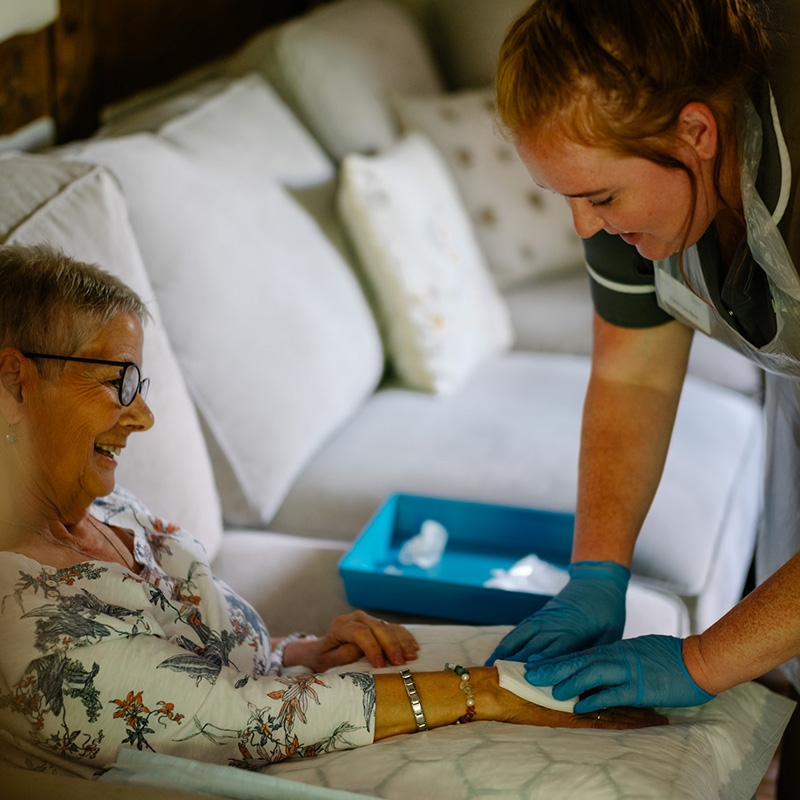
Breast Cancer in special circumstances
Supporting your breast health journey
Preparing for appointments
To make the most of your medical appointments:
- Write down questions in advance
- Bring a list of current medications
- Consider bringing a support person
- Keep records of your tests and results
- Don’t hesitate to ask for clarification
Managing anxiety and stress
Consider these strategies:
- Stay informed, but avoid excessive internet searching
- Connect with support groups, or counselling services
- Practice stress-reduction techniques, like meditation, or gentle exercise
- Remember that most breast changes aren’t cancer related
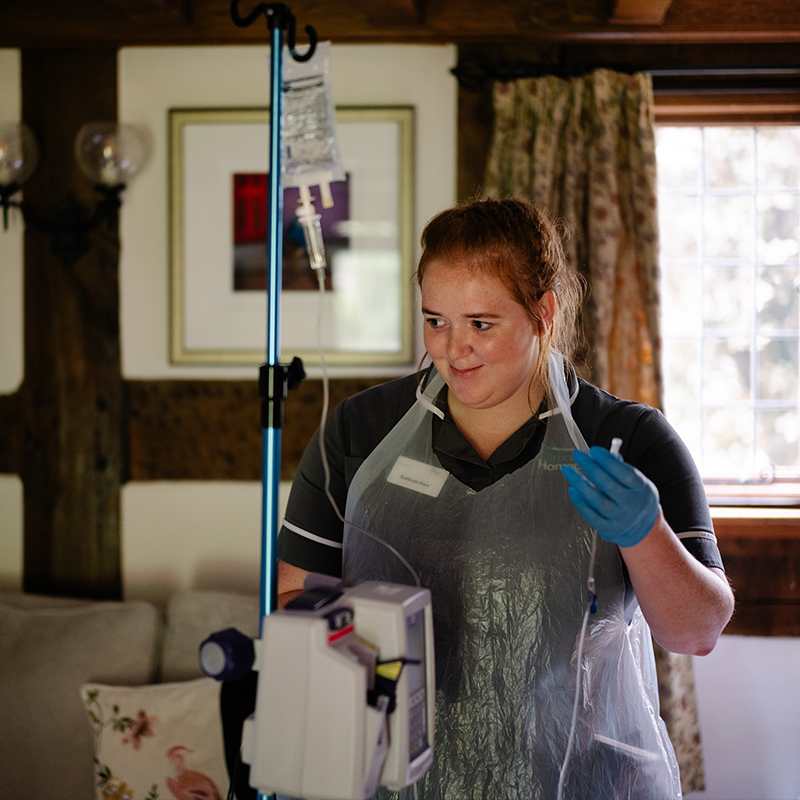
Moving forward with confidence
Early detection saves lives, and the combination of regular screening and breast self-awareness provides the best opportunity for finding breast cancer when it’s most treatable. Whether you’re attending routine screening or investigating a specific concern, remember that you’re taking positive steps to protect your health.
With advancing technology and treatment options, outcomes for breast cancer continue to improve, offering hope and healing for countless individuals and families.
We know the benefits of cancer care at home
Our specialist cancer services ensure private medically insured and self-paying patients who want an alternative to hospital can start their treatment faster. We consider all cancer treatments, including those not currently available in hospitals.
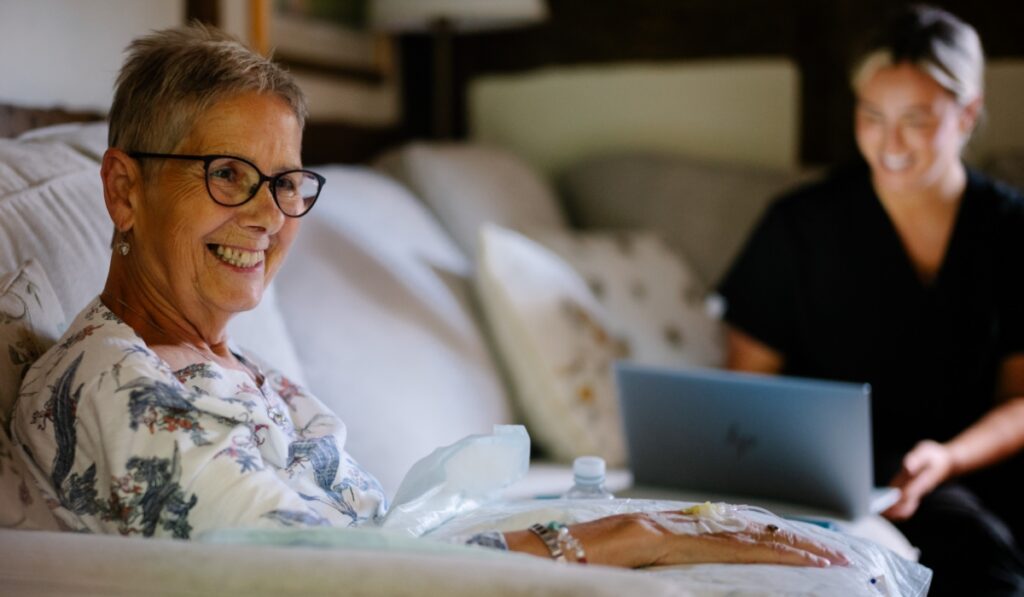
Looking for more information?
We’ve worked with thousands of patients, and we know you’ll have a lot of questions.
If you’re ready to talk to us to discuss your options, fill out the form below and we’ll be in touch quickly.
If your enquiry is urgent please call 0345 2636 123 (England and Wales) or 0345 2636 135 (Northern Ireland and Scotland).
Your guide to breast cancer treatment
A breast cancer diagnosis can be overwhelming. Rest assured, you’re not alone, and there are many options for managing the condition and tailoring treatment to suit your individual needs.
Our guide is here to help you understand private breast cancer treatment and the main treatment options available.
